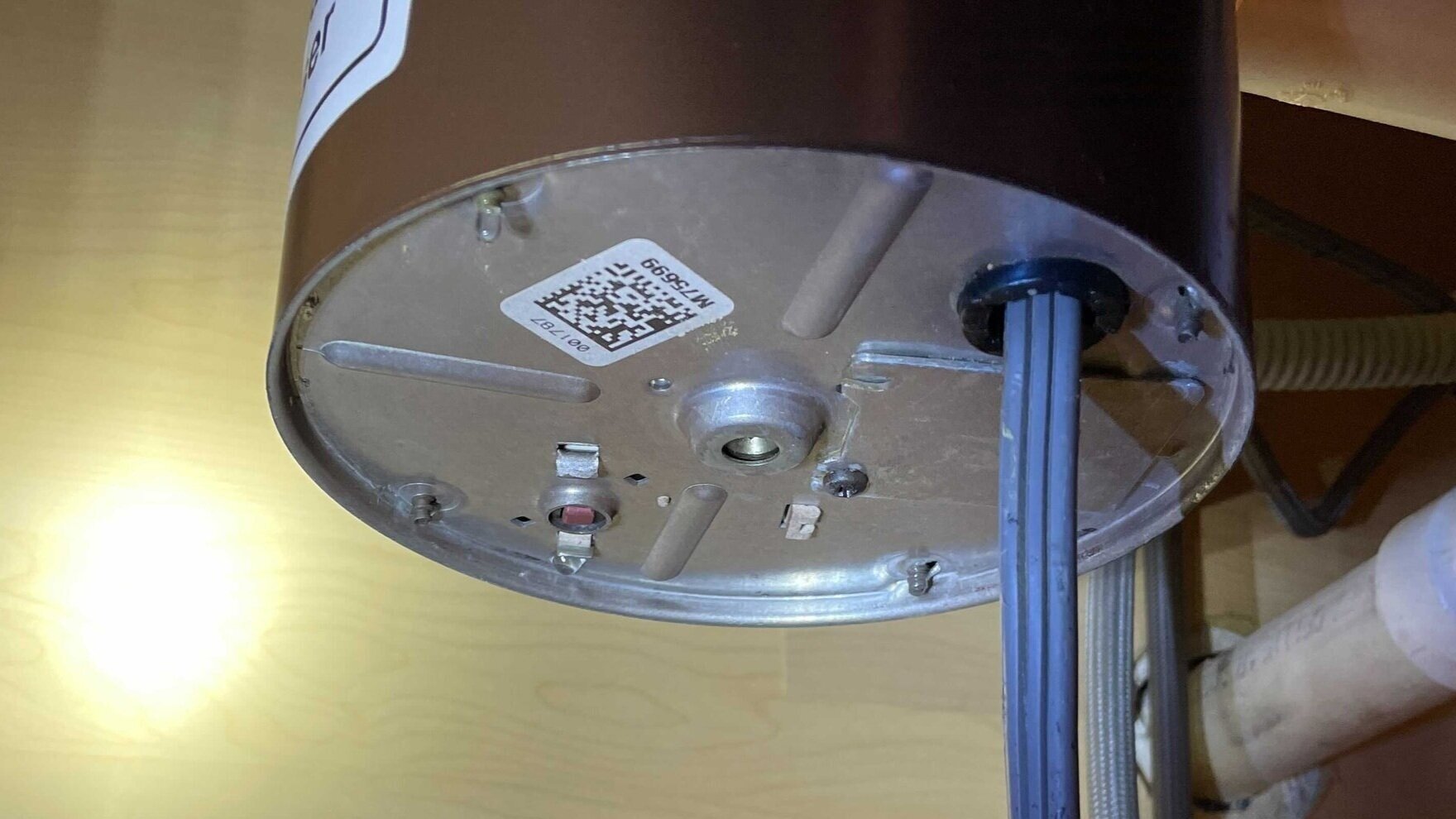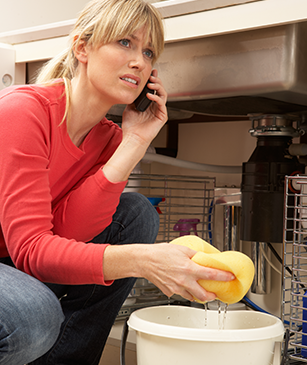Have you been in search of additional info concerning Tips on Fixing a Leaking Garbage Disposal?

Garbage disposals are important cooking area home appliances that help in dealing with food waste successfully. However, a dripping waste disposal unit can be a discouraging and unpleasant trouble to handle. The good news is, numerous leakages can be dealt with easily with a few basic actions. In this article, we will go over how to take care of a dripping waste disposal unit effectively.
Introduction
Garbage disposals are installed under kitchen sinks and are developed to shred food waste into smaller pieces, permitting it to travel through the pipes system conveniently. While these gadgets are normally trustworthy, leakages can happen in time as a result of wear and tear, loosened connections, or damages to the system.
Step-by-Step Overview to Fixing a Dripping Garbage Disposal
Shut off the Power
Before attempting any kind of repairs, ensure that the power to the waste disposal unit system is switched off to avoid the threat of electrical shock.
Locate the Leak
Determine the specific location of the leak and establish the cause
Tighten Links
Utilize a wrench to tighten any loosened connections in between the disposal unit and the plumbing system.
Replace Seals or Gaskets
If the leak results from worn seals or gaskets, get rid of the old components and replace them with brand-new ones.
Patching Splits or Openings
For cracks or holes in the disposal system, usage epoxy or an ideal patching material to seal the damaged area.
Determining the Resource of the Leakage
Prior to trying to repair a leaking waste disposal unit, it is vital to recognize the resource of the leakage. This can typically be done through aesthetic examination or by performing simple tests.
Visual Examination
Evaluate the waste disposal unit system thoroughly for any kind of signs of water leak. Pay close attention to locations around seals, gaskets, and link points.
Evaluating for Leaks
One way to test for leakages is by running water with the disposal unit and checking for any noticeable indications of leakage.
Usual Sources Of Leakages in Garbage Disposals
Worn Seals and Gaskets
Seals and gaskets play an important duty in stopping water from dripping out of the garbage disposal. With time, these elements can wear away, causing leaks around the disposal system.
Loose Links
The connections between the waste disposal unit and the pipes system can become loose gradually, creating water to leakage out during procedure.
Splits or Holes in the Disposal System
Physical damages to the waste disposal unit, such as splits or holes in the housing, can also lead to leaks.
Devices and Materials Needed for Repairing a Leaking Garbage Disposal
Before starting the repair process, collect the required tools and products, consisting of a screwdriver, adjustable wrench, plumbing's putty, substitute seals or gaskets, and epoxy or patching material for repairing fractures or holes.
Examining the Waste Disposal Unit After Fixing
When the fixing is full, evaluate the waste disposal unit by running water through it to make certain that the leak has actually been fixed.
Preventive Upkeep Tips to Avoid Future Leaks
To avoid future leaks, it is important to do normal upkeep on your waste disposal unit. This consists of keeping it tidy, preventing putting non-food items or difficult items down the disposal, and periodically looking for leakages or other concerns.
Conclusion
To conclude, dealing with a dripping waste disposal unit is a relatively straightforward process that can be completed with basic tools and products. By following the steps described in this write-up and practicing preventative upkeep, you can keep your waste disposal unit in good working condition and avoid expensive fixings in the future.
What to Do About a Leaking Garbage Disposal
A leaking garbage disposal often goes unnoticed until you confront a sopping cabinet, a foul-smelling puddle, or an audible drip-drip-drip from the unit. The fix can be frustrating, too, because the leak can stem from a number of components in the system. Fortunately, with a little sleuthing, you can zero in on the leak and—depending on the exact location—stop the icky oozing and repair the component that caused it. Worst case scenario, if it turns out that the garbage disposal must be replaced, installing a new one is a reasonable do-it-yourself task for those with basic plumbing skills. Read on to keep the cash you’d otherwise hand over to a pro.
Prepare to find the leak
Prior to testing the garbage disposal for leaks, unplug it at the wall outlet and turn off the power from the breaker box to prevent electrical shock. Then insert a watertight sink stopper into your sink drain and wipe the unit dry with a clean cloth. In any handy container, mix a few drops of food coloring into a few cups of water, and pour the dyed water onto the sink stopper to help you locate the leak.
Investigate the source
the top, where the disposal meets the sink drain the side, where the dishwasher hose or main drain pipe connects to the disposal or the bottom of the unit Inspect each of these locations while gliding a light-colored rag over the unit; the dyed water will readily show on the rag and reveal the location of the leak. If a leak isn’t immediately apparent, remove the sink stopper and pour a few more cups of dyed water down the sink drain, then check for leaks again. Leaks near the top of the unit are more likely to show themselves while the sink is plugged, while side and bottom leaks are more noticeable while the sink is unplugged.
The metal sink flange that sits directly inside the sink drain is typically sealed around the top with plumber’s putty (a clay-like sealant) and then secured from under the sink with bolts. If the plumber’s putty deteriorates, or the bolts loosen, the flange can no longer form a watertight seal between the sink drain and the disposal—which could cause a leak at the top of the unit.
To reseal the leaky flange, you must first detach the garbage disposal. Start by loosening the screws securing the main drain pipe to the disposal, then loosen the screws in the metal clamp securing the dishwasher hose to the disposal and detach the drain pipe and dishwasher hose from the disposal. Loosen the screws in the mounting ring that connects the disposal to the metal mounting assembly beneath the sink, then pull down the disposal and carefully set it on a clean, dry surface. Loosen the bolts in the mounting assembly with a wrench, then pull down the mounting assembly and set it near the disposal.

I hope you enjoyed reading our section on How to fix a pretty consistent leak from my garbage disposal. Thanks a ton for spending some time to read our blog post. Liked our posting? Please share it. Help somebody else locate it. We love reading our article about The Handy Guide To Fixing Your Garbage Disposal Leaking.
Explore